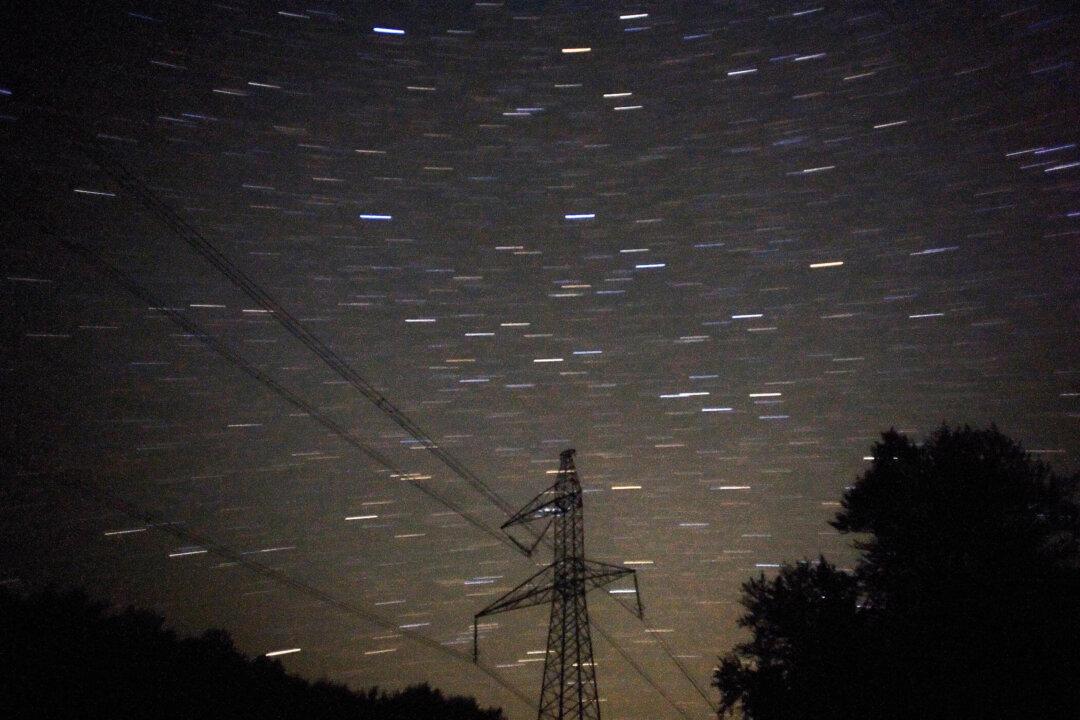The best time for viewing the meteor shower with more fireballs than any other—the Perseids—will be just before sunrise on August 12 and August 13.
As the Earth makes its annual pass through the cloud of debris shed by the Swift-Tuttle comet, up to 100 meteors per hour will be visible in the night sky. Anytime between 10:30 p.m. and 4 a.m. viewers will see the meteors, but just before sunrise is peak time, reports NASA. Getting away from the city lights is also suggested.
New research published by NASA on July 26 shows that the Perseids produces more fireballs than any other annual meteor shower. Using a network of cameras set up across the United States recording meteor showers since 2008, a NASA team has determined that the Perseids is the “fireball champion.”
The Perseids has been active since July 17 and will be active until August 24, but its peak time is August 11 to the pre-dawn hours of August 13.
The Perseids tend to be fast and bright with persistent trains. The Perseids are named after the constellation Perseus, where the meteors’ tails all appear to originate, but they don’t really come from Perseus. They are actually tiny bits of debris from the comet Swift-Tuttle.





